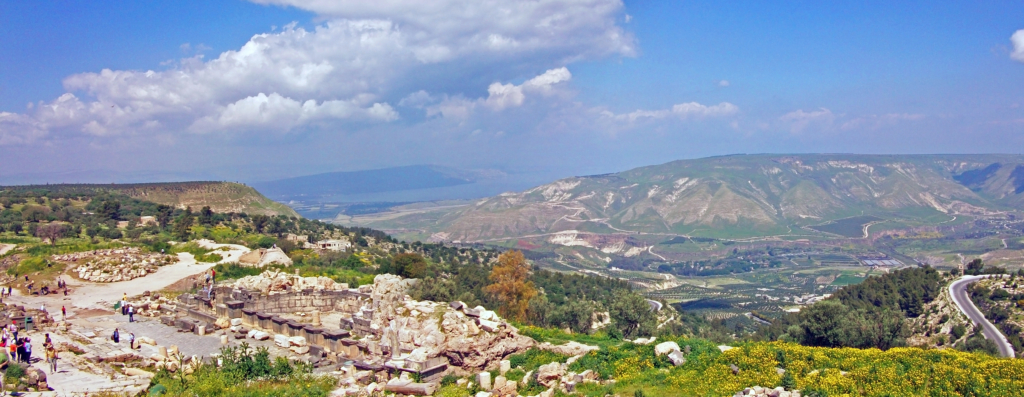A Brief Note from the Editor – The Israeli-Swiss Association
First, we wish our readers, donors, and friends the happiest new year. We appreciate that you spend your time reading Between the Lines each week.
As you know, many organizations that depend on donations are going through difficult times, and donations are being reduced or canceled. We are also feeling these effects, and our 2022 budget has been reduced significantly.
The Management has therefore decided to shift the weekly publication into a monthly one. Starting in January, you will receive high-quality articles at the end of the month.
We are hoping and seeking to strengthen and enlarge our circle of donors so that we can resume our weekly program – and we believe in wonders. Perhaps among you, we will find a generous donor to help us continue to share cultural stories from inside of Israel. If you’re able to donate, please get in touch with us here.
On Sunday, the Israeli Cabinet met to approve a $1 billion plan to strategically develop Israel’s northern area of the Golan Heights. Currently, with a population of 53,000, the Prime Minister hopes “to double it, then double it again” in the coming years. The development plan arrives just in time, as 2021 has seen an increase in Aliyah. Said to be the largest increase since 1973, immigration from the United States has seen a 30% increase, while immigration from France has jumped by 40%, Russia by 10%, and Ukraine by 5%.
In addition to building new communities and facilities to support such growth, the government is also seeking to make the Golan Heights the “capital of renewable energy technologies,” which aims to create at least 2,000 jobs.

About 11,300 housing units are a proposed part of the plan, with a $183 million budget split between the established communities in Katzrin and Golan Regional Council. There will also be two new locales added to the area called Asaf and Matir. The plan aims to develop within five years. About $51 million is said to be for improving infrastructure and transportation to and within the Golan Heights.
While the plan may sound promising, many northern residents and environmental organizations will likely oppose such development given the harmful impact it will have on the lush environment and wildlife who consider it home.







